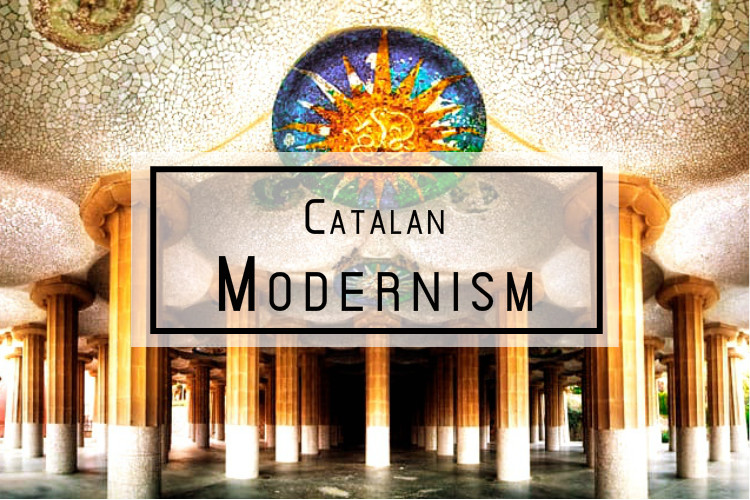Florentines had the Renaissance, New Yorkers had Abstract Expressionism, Parisians had Rococo and Catalans had Modernism. At first glance, Modernism – or Modernisme as the Catalans put it – is an artistic style that gained popularity in the Catalan region of Spain in the 19th century. But upon further inspection it becomes quite clear that Catalan Modernism symbolises much more than a simple art form. It not only represents the distinctive style of its most famous city, it also represents the movement that allowed Catalonia to set itself apart from the rest of Spain and to establish a form of independence. It is a symbol of Catalonia’s very identity. Essays could be written on the subject, and in fact, many have. So we have tried to create a brief outline of the most prominent aspects of Modernisme and how you can experience it to the fullest when visiting Barcelona!
The Beginning

The Art

The Politics

Of course, it is nearly impossible to compress the entire history of Catalan Nationalism and Modernisme into one brief article. Especially since the Catalan Independence movement is still alive centuries later – though, under much different circumstances. So, if you’re interested in reading more about the 19th & 20th century movement and Catalan identity in general, check out this informative essay by Mireia Freixa of The University of Barcelona! Enjoy!
Your friendly neighbourhood travel guide,
– Leah

